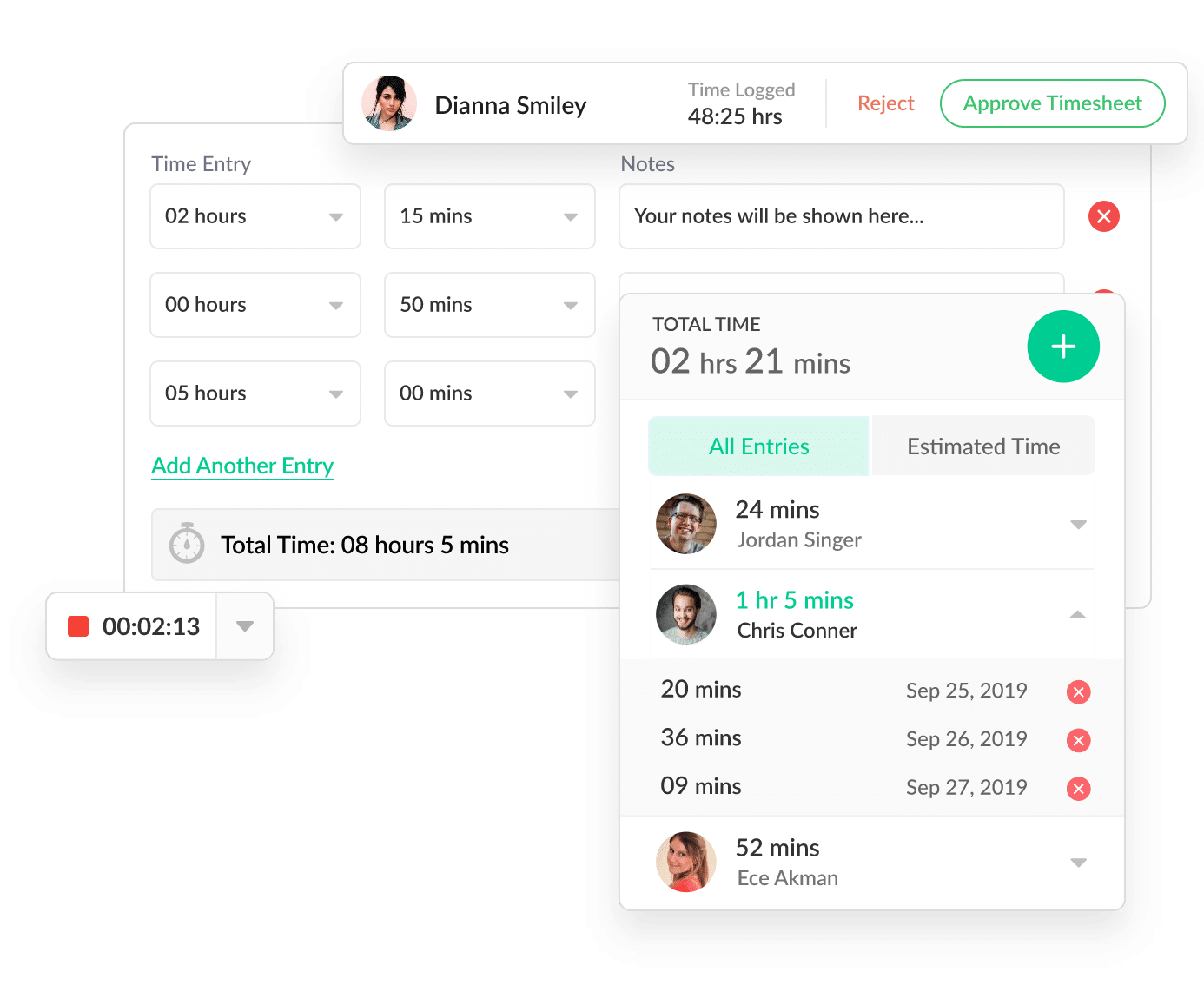Quality Assurance (QA), also termed as QA testing, is a critical part of any software development life cycle or SDLC. The purpose of QA testing or QA Performance Analysis is to identify and tackle inconsistencies, errors, and redundancies during software development.
Unfortunately, according to a study by Quettra, the average app loses 95% of users after 90 days. When apps and solutions are not tested properly, issues tend to surface in no time and that leaves customers dissatisfied. With so many apps and tools being built and released so frequently, it is easy for customers to churn and move on to adopting other products.
When defects and problems are discovered earlier and on a timely basis, it is much easier to curb the issues in the core before they cause severe damage to the entire SDLC. This helps in building high-quality products and reduces the need for costly measures that involve redesign and maintenance. Moreover, QA testing also helps save time, money and potential frustration for the team.
The right QA process ensures that the corresponding product has minimal errors and is ready to be utilized in the real world. Emphasizing its importance, the World Quality Report recommends companies to allot the QA budget to 25% of development costs.
In this article, we present to you the top 5 tools you can use today for effective load testing and stress testing so your product does not have to take a back seat.
5 Tools for QA Performance Analysis
1. Fiddler with Black Widow and Watcher
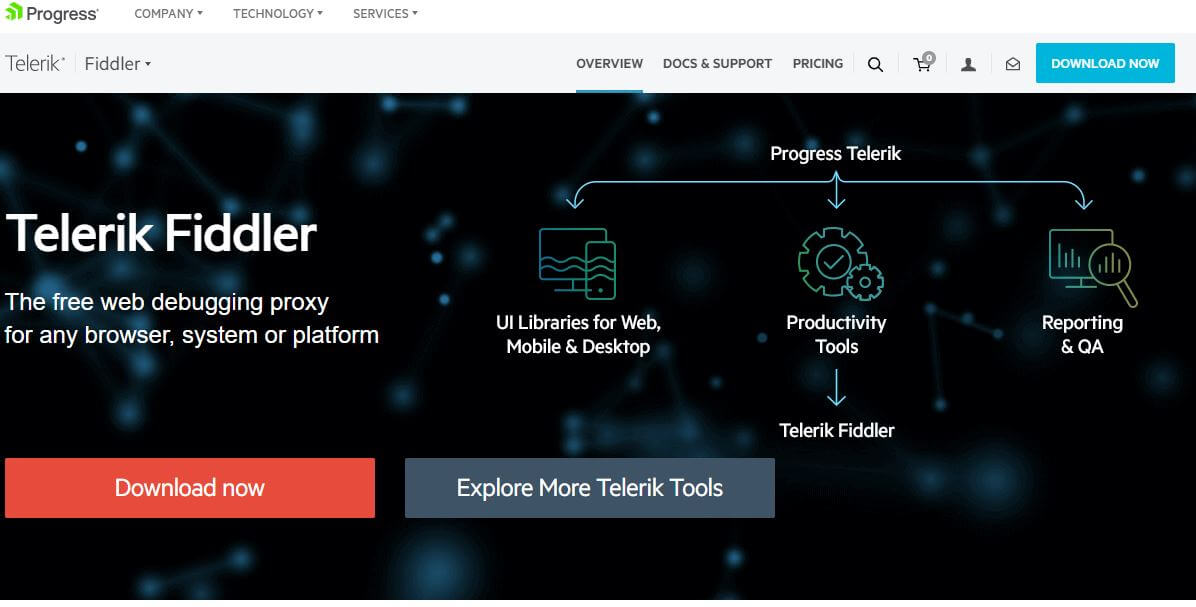
Although you can carry out multiple activities with Fiddler, it is primarily described as a packet capture tool. A free, open-source tool, Fiddler lets you, monitor, manipulate and reuse HTTP requests. You can use Fiddler for some of the following activities:
- Security testing
- Performance evaluation
- Troubleshooting web application issues
- Debugging web traffic from computers and other devices
2. Apache JMeter
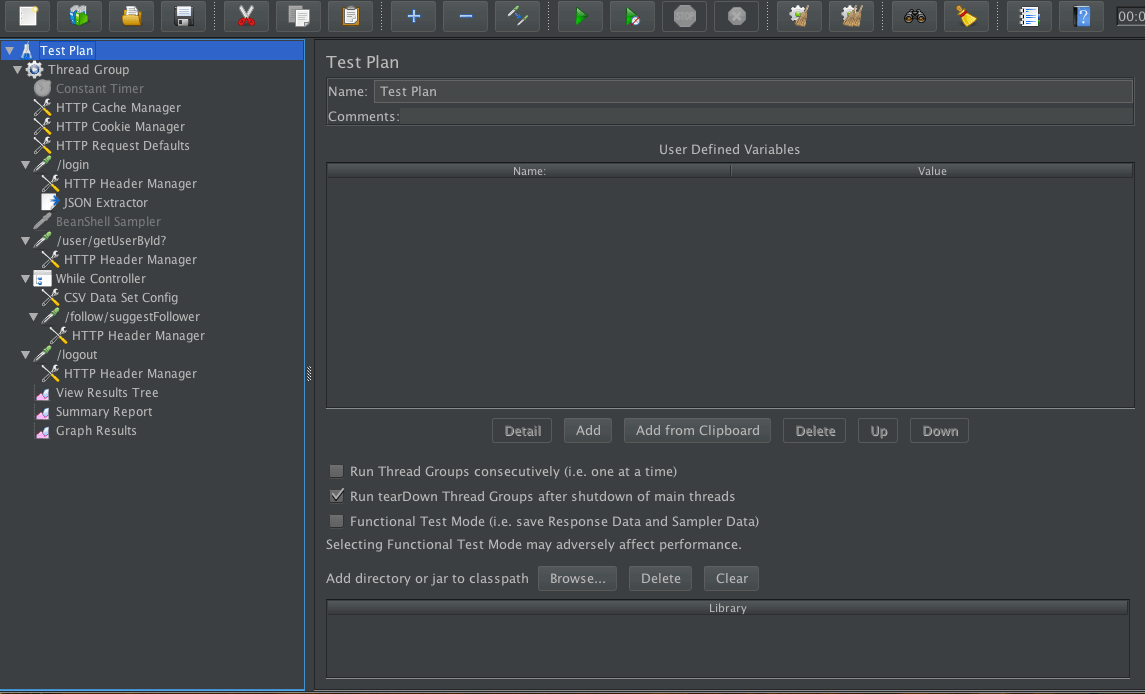
Apache JMeter is one of the most popular tools in the realm of load testing functional behavior and measuring performance. Describing itself as a Java application, Apache JMeter was designed especially for the purpose of load testing with the ability to measure performance.
Some of the features this tool offers include:
- Performance testing for a host of technologies such as Web HTTP/HTTPS, SOAP and Rest Services, Java Objects, LDAP, FTP, Databases with JDBC, Message-oriented middleware (MOM) via JMS, Mail – SMTP(S), POP3(S) and IMAP(S)
- A comprehensive IDE to record, build and debug performance tests
- Groovy is the default programming language
3. nGrinder
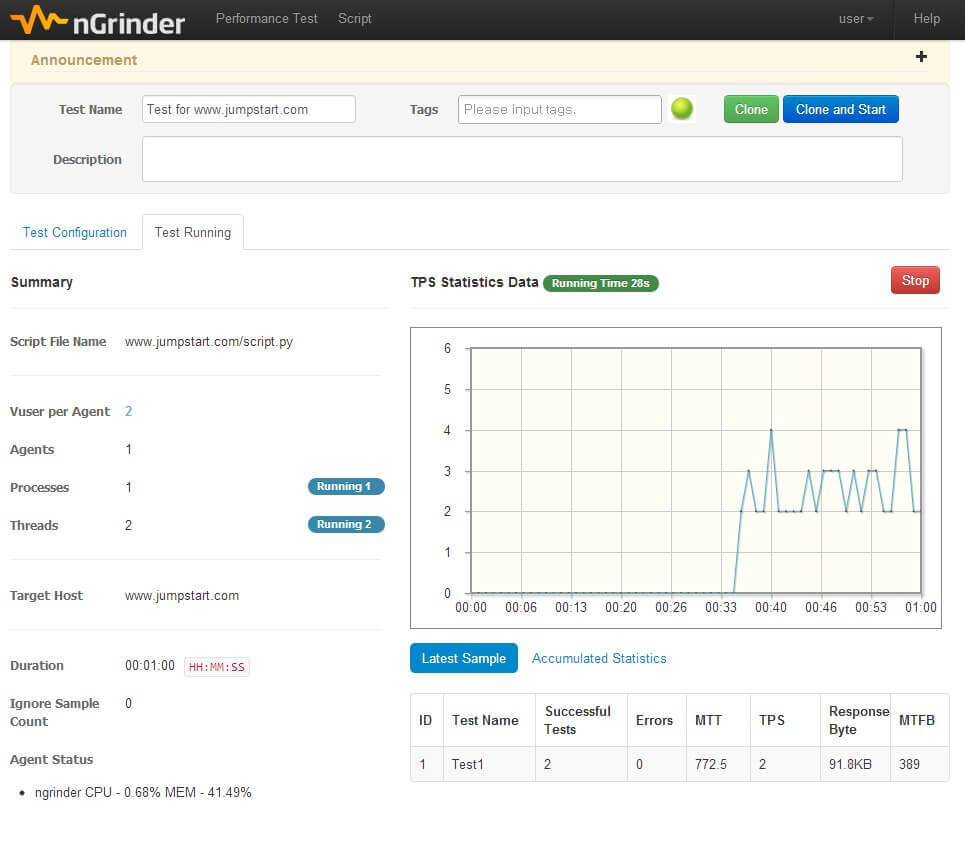
nGrinder is specifically designed as a performance testing solution on the enterprise-level. It is a platform to enable script creation, test execution, monitoring as well as result report generating.
The open-source nGrinder offers easy ways to conduct stress tests by eliminating inconveniences and providing integrated environments. Developed to simplify stress testing, it provides a platform that lets you create, execute and monitor tests.
The following are some of the important features of this tool:
- Allows writing tests using Python to create test scenarios and let’s create stress against JVM through multiple agents.
- Tests are extendable with customer libraries, such as Jar and Py
- Let’s testers monitor the state of performance agents
4. Taurus
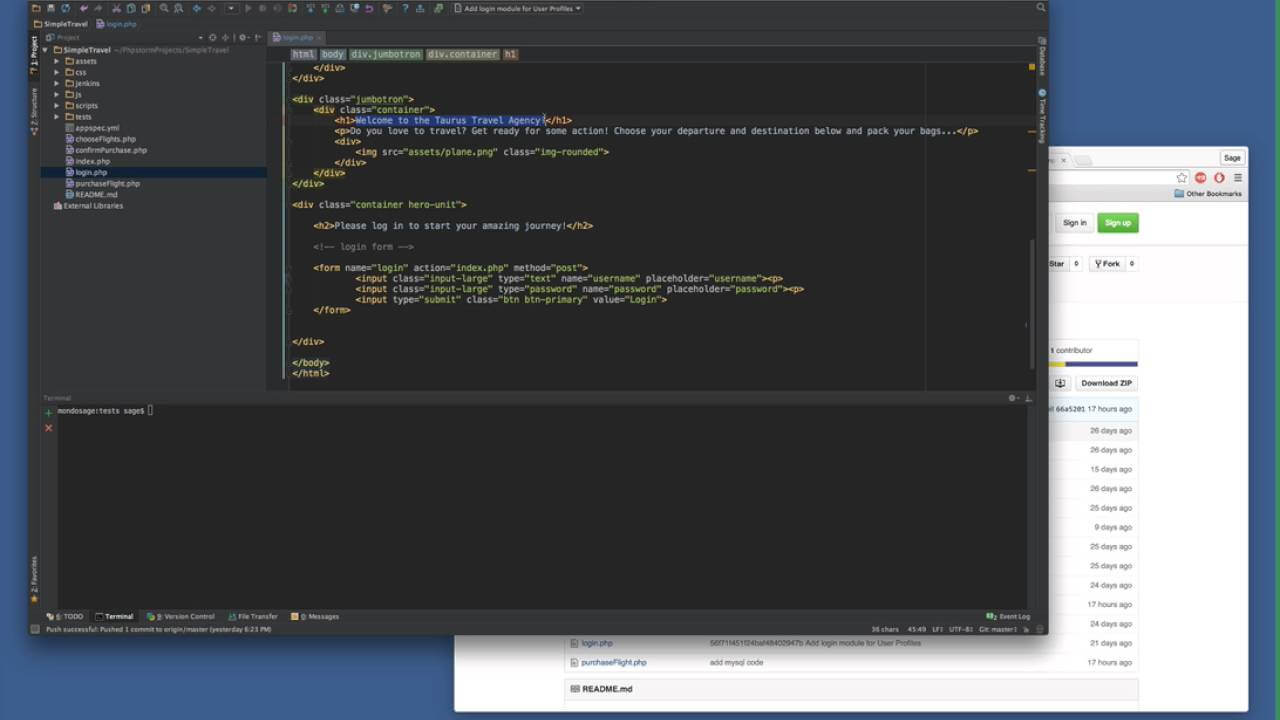
This tool provides an automation-friendly framework that allows you to write your tests in YAML, which is a readable and editable approach that lets you describe a test in a simple text file. This means that testers can actually describe comprehensive scripts in a few lines of text and this enables teams to describe their tests in a JSON or YAML file.
Doing so allows for more team members to contribute to performance tests. Test cases, written in YAML make tests more readable as well as easier to perform code reviews on.
Some of the features of Taurus include:
- This tool caters to performance testing in your CI/CD pipeline more efficiently.
- It also provides an abstraction layer on top of JMeter along with certain other tools, such as Selenium, Locust, the Grinder, and Gatling.
5. Locust
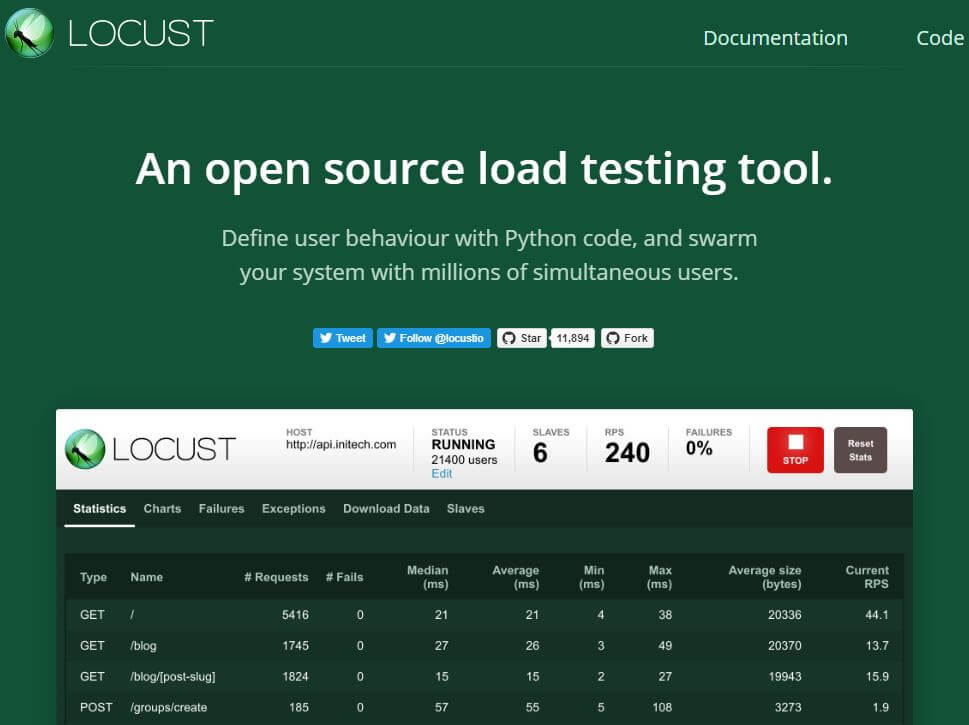
If you are looking for a simple-to-use and distributed user load testing, Locust is the tool. Primarily used to help load test web sites or other applications, Locust also allows you to determine the number of concurrent users a system can handle.
Instead of the term load generators, Locust uses the term swarm, with reference to pointing a swarm of locusts to put a load on your website. The behavior for each locust instance can be defined beforehand suing Python and you can monitor the swarming process through a web UI in real-time.
Locust includes some of the following features:
- Creation of test scenarios using straight Python
- Simulate millions of simultaneous users
- Scale a number of users you need to emulate
- Good Web-based UI
- Extensible
- Efficiently tests APIs
Which tools would you recommend for QA and why? Share your ideas with us in the comments below. Obviously, this list is not conclusive. If you are an avid project manager with an extensive background in the IT field, we’d love to hear your thoughts in the comments section below.

